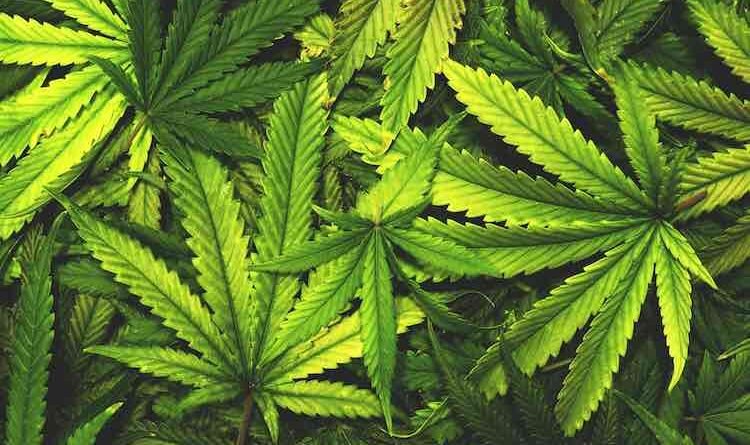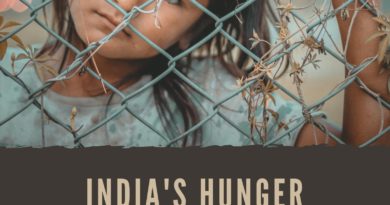About Cannabis | Ias Banenge
Context:
Bhang, obtained from the Cannabis sativa plant or true hemp, is popularly consumed on the occasion of Holi across India.
Relevance:
Facts for Prelims
READ MORE- Vote From Home in 2024 Election
About Cannabis:
Geographical Distribution:
- It is predominantly found in the Indo-Gangetic plains, encompassing regions such as Himachal Pradesh, Punjab, Haryana, Uttar Pradesh, Bihar, and West Bengal. Additionally, it is also cultivated in the Deccan region.
Regional Names:
- Cannabis is known by various regional names across India: Ganzai in Telugu, Ganja in Tamil, and Bangi in Kannada.
Products Derived from Cannabis:
- The cannabis plant yields three primary products: fibre, oil, and narcotics.
Traditional and Cultural Uses:
- Bhang: Bhang is a traditional preparation made from the seeds and leaves of the cannabis plant. The seeds and leaves are ground into a fine powder, which is then filtered and mixed with cold, flavoured milk or thandai. Bhang is especially popular during the Holi festival and is consumed as a festive drink.
Industrial and Medicinal Uses:
- Hemp-seed Oil: Hemp-seed oil derived from cannabis is utilized in varnish industries as a substitute for linseed oil. It is also used in the manufacturing of soft soap and has various medicinal applications.
- Veterinary Uses: As per the Indian Council of Agricultural Research (ICAR), the ash of cannabis is applied topically on animals’ skin to treat haematoma, a condition characterized by blood clotting outside of blood vessels.
Cultivation and Regulations:
- Cannabis cultivation is primarily concentrated in the Chhota/Bada Bhangal region of Kangra and the Karsog area of Mandi district in Himachal Pradesh.
- While the cultivation of cannabis for the extraction of addictive narcotics is illegal, several states permit controlled and regulated cultivation of cannabis for obtaining its fibre and seed for industrial or horticultural purposes.
- Agricultural Uses: Treating paddy seeds with bhang has been found to enhance paddy seed germination, especially in temperate areas of Jammu and Kashmir where the temperature during nursery raising is low. Additionally, its plants are employed by farmers in the Solki area of Rajouri district in Jammu and Kashmir for controlling threadworms in paddy nurseries.
- Traditional Remedies: Its leaves are heated and crushed to make a paste, which is used as a topical treatment for honey bee or wasp stings, offering relief from pain and inflammation.
-Source: Indian Express




